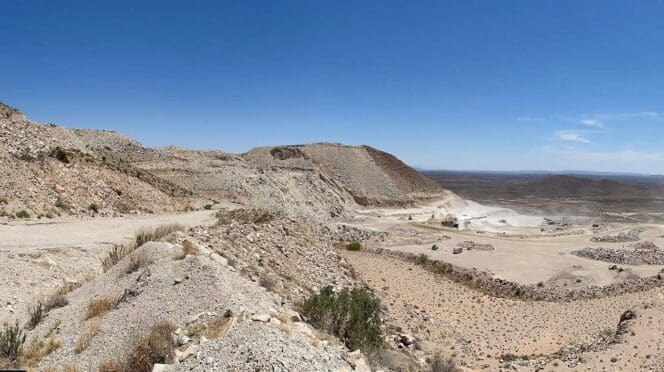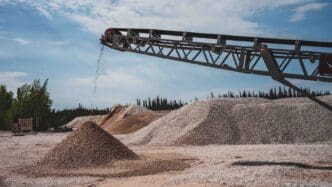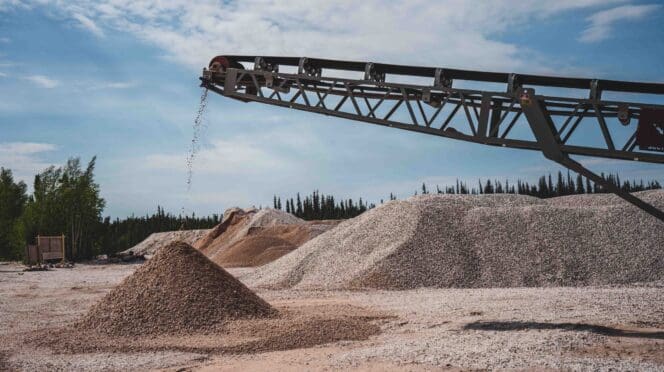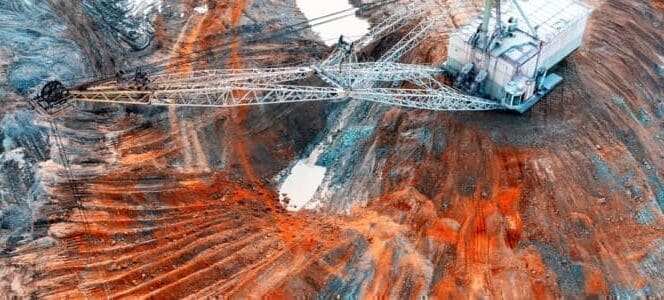Table of Contents Show
Rare Earth Elements (REEs) play a crucial role in modern technology and are essential components in many high-tech devices and clean energy applications. Despite their name, REEs are not particularly rare in the Earth’s crust, but economic concentrations are uncommon.
Geological Formation and Occurrence
REEs consist of 17 elements, including the 15 lanthanides plus yttrium and scandium. These elements share similar chemical properties due to their trivalent charge (+3) and comparable ionic radii. In nature, REEs do not exist individually but occur together in minerals as either minor or major constituents.
The formation of REE deposits is primarily linked to igneous processes. As common silicate minerals crystallize from magma, most REEs remain in the residual melt due to their large ionic sizes. This process concentrates REEs in the remaining magma until individual REE minerals crystallize.
REE deposits occur in various geological settings, including:
- Carbonatites
- Alkaline igneous complexes
- Ion-adsorption clay deposits
- Placer deposits
Abundance and Distribution
Although REEs are relatively abundant in the Earth’s crust, they are dispersed and rarely found in concentrated deposits. Some REEs, like cerium, are as abundant as industrial metals such as copper and nickel. The four lightest REEs—lanthanum, cerium, praseodymium, and neodymium—typically constitute more than 80% of REE deposits.
Mining and Processing
Extracting REEs is a complex and energy-intensive process. The mining approach depends on the deposit type, but generally involves:
- Crushing and grinding the ore
- Chemical leaching
- Solvent extraction
- Separation of individual REEs
China dominates global REE production, accounting for 70% of mined production and 87% of refined production in 2022.
Applications in Modern Technology
REEs are essential in numerous high-tech and clean energy applications due to their unique physical, chemical, magnetic, and luminescent properties. Some key applications include:
- Permanent magnets: The largest use of REEs, accounting for 44% of demand in 2022. These magnets are used in wind turbines, electric vehicles, and electronic devices.
- Clean energy technologies: REEs are crucial in fuel cells, rechargeable batteries, and electric vehicles.
- Electronics: REEs are used in LCD screens, LEDs, lasers, and fluorescent lighting.
- Industrial applications: REEs are used in catalytic converters, optical glass, and semiconductor polishing powders.
Environmental and Geopolitical Concerns
The extraction and processing of REEs can have significant environmental impacts, including the generation of toxic waste and radioactive byproducts. Additionally, the concentration of production in China has raised concerns about supply chain vulnerabilities and geopolitical tensions.
Future Outlook
As demand for clean energy technologies and high-tech devices continues to grow, the importance of REEs is likely to increase. This has spurred efforts to develop new sources of REEs, improve recycling techniques, and find alternative materials for some applications.
In conclusion, the science behind Rare Earth Elements encompasses a wide range of disciplines, from geology and chemistry to materials science and engineering. Understanding these elements and their unique properties is crucial for advancing technology and addressing the challenges of a sustainable future.
Sources
[1] https://kleinmanenergy.upenn.edu/research/publications/the-not-so-rare-earth-elements-a-question-of-supply-and-demand/[2] https://pubs.usgs.gov/fs/2014/3078/pdf/fs2014-3078.pdf
[3] https://etech-resources.com/what-are-rare-earth-elements-rees-where-are-they-found-and-how-are-they-mined/
[4] https://natural-resources.canada.ca/our-natural-resources/minerals-mining/mining-data-statistics-and-analysis/minerals-metals-facts/rare-earth-elements-facts/20522
[5] https://www.americangeosciences.org/critical-issues/faq/what-are-rare-earth-elements-and-why-are-they-important














